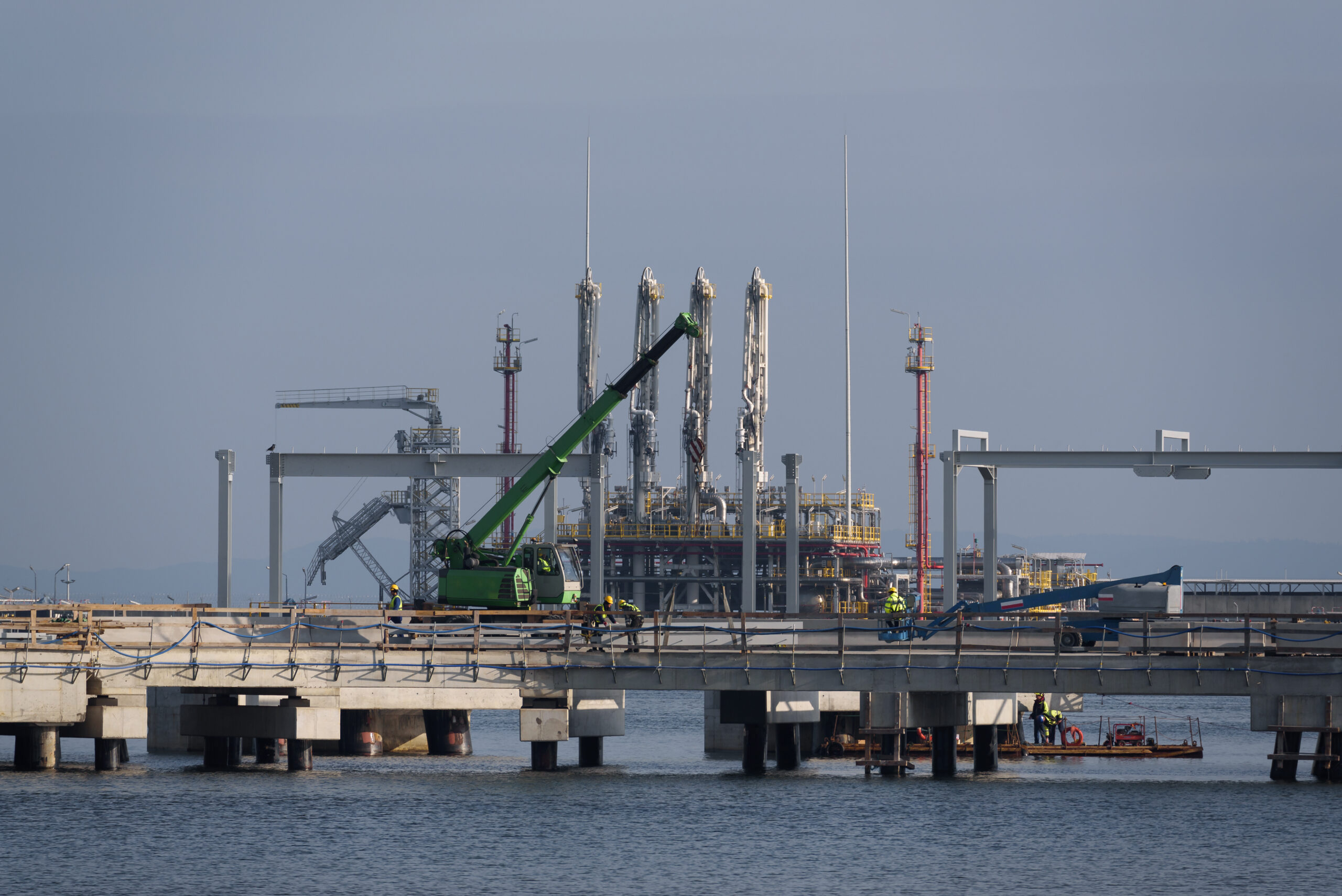Higher U.S. LNG exports drive up prices
A forecast by the EIA shows U.S. LNG exports rising in the years to come. The more gas that is exported, the higher domestic prices rise.

U.S. LNG exports continue to rise, and by the 2030s, gas exports could account for the largest single use of gas in the country, exceeding the amount of gas used in all other sectors.
The U.S. became the world’s largest exporter of LNG in the first half of 2022 when it was exporting 11.2 billion cubic feet of gas per day, or about 12 percent of the country’s total production, according to new data from the U.S. Energy Information Administration (EIA).
With U.S. gas markets increasingly interconnected with the global market, domestic prices shot up last year, tracking the spike in prices worldwide.
But with many more LNG export terminals planned for the Gulf Coast, an even larger portion of gas produced in the U.S. will be diverted overseas. Currently, the U.S. has LNG export capacity on the order of roughly 7.3 billion cubic feet per day. A handful of projects are under construction, and another 18.3 bcf/d has received regulatory approval but has not yet received final investment decisions.
While not all proposed projects will be built, more than a few will go forward. The EIA analyzed several scenarios in a recent study to look at long-term trends, and the model showed that higher LNG prices around the world substantially influenced how much export capacity would be built in the U.S.
And the more gas that becomes dedicated for export, the more impact there would be on domestic prices.
“Model results showed that higher LNG exports results in upward pressure on U.S. natural gas prices and that lower U.S. LNG exports results in downward pressure,” the EIA said. Long-term prices range from $2.80 per MMBtu to $6.40/MMBtu, depending on the volume of exports.
Higher exports also led to significantly higher levels of production, as gas producers would have access to more markets and higher international prices drag up U.S. Henry Hub prices. Future gas production ranged from 104.1 bcf/d in 2050 at the low end, to 134.6 bcf/d in a scenario with higher LNG prices.
All told, the EIA expects that by the early 2030s, U.S. gas exports will be larger than the amount of gas used in any other end-use sector, including consumption for use in the residential, commercial, industrial, or electricity sectors.
But for now, there could be some short-term pain. Bloomberg reports that LNG prices in Europe and Asia have plunged by more than 70 percent and 85 percent since last year’s highs, respectively. If prices drop much further, U.S. LNG cargoes could see cancellations heading into the third quarter.
And while several additional LNG projects are under construction, none will come online before 2024, so the current slump will impact upstream drilling. “Until we get the LNG infrastructure really in place, I think natural gas is going to be pretty challenged,” Clay Gaspar, executive vice president and COO of Devon Energy, said at a recent industry conference, according to S&P Global.



